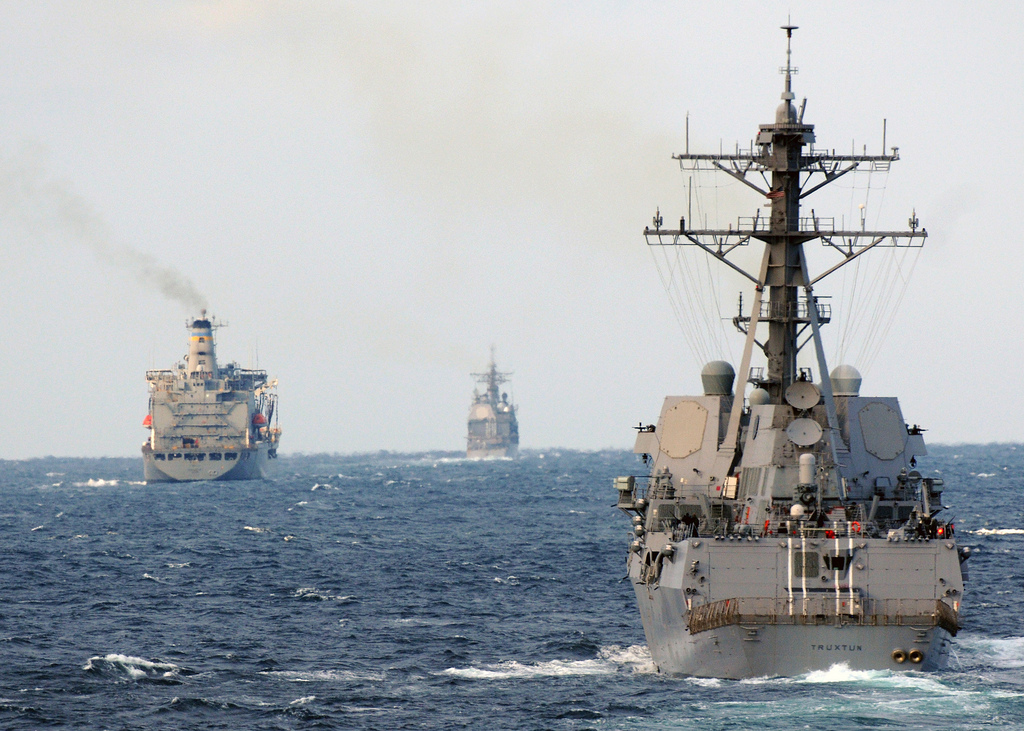Content from the Brookings Institution India Center is now archived. After seven years of an impactful partnership, as of September 11, 2020, Brookings India is now the Centre for Social and Economic Progress, an independent public policy institution based in India.
This week’s AUSMIN talks in Sydney, involving the U.S. secretary of state and secretary of defense and their Australian ministerial counterparts, have reaffirmed the Australia-U.S. alliance as a cornerstone of security in Indo-Pacific Asia. Understandably, Canberra has a deep reliance on its relationship with Washington, just as Tokyo and other U.S. allies do on theirs.
Yet in a changing Asia, not even steadfast allies like Australia can afford to put all their eggs in the alliance basket. Thus in a new research paper, we argued that it is time for new and creative ways to deal with Asia’s strategic uncertainties: the creation of “middle-power coalitions,” new security arrangements that include neither China, nor the United States. This is not a replacement for partnership with America or efforts to engage with China, but a complement to both approaches.
Along with Australia, a country well placed to start this process is India. Before flying to Sydney, Defense Secretary Hagel was in New Delhi for a high-level security dialogue with India’s new Modi government. His distinctly Indo-Pacific itinerary reflects the growing importance of India and Australia as players in Asia’s emerging strategic dynamic.
The following illustrates a defining part of that dynamic: A rising China’s assertiveness and uncertainties about America’s response (Hagel’s travels notwithstanding) are causing many countries in the region to look beyond traditional approaches to security—not only U.S. alliances, but also nonalignment and multilateral institutions like ASEAN.
This article first appeared in The National Interest on August 15th, 2014. Read more here.
Image source: U.S. Navy


